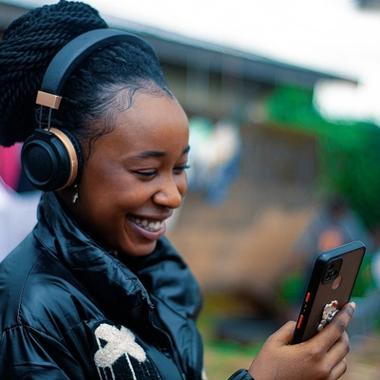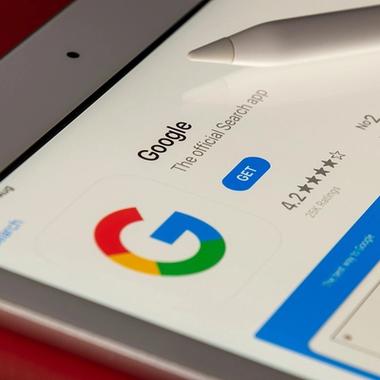Launching an app is just the beginning. You've invested time, energy, and resources into designing and building a product you're proud of, but now the real challenge begins: getting people to download it, use it, and keep coming back.
For many first-time app owners, this part can feel overwhelming. App stores are crowded, user attention spans are short, and competition is fierce. But don’t worry, we’ve helped countless partners launch and grow successful apps, and we’re here to demystify the process for you.
In this blog, we’ll walk you through proven strategies to boost your app downloads, increase engagement, and build a user base that sticks around for the long haul.






